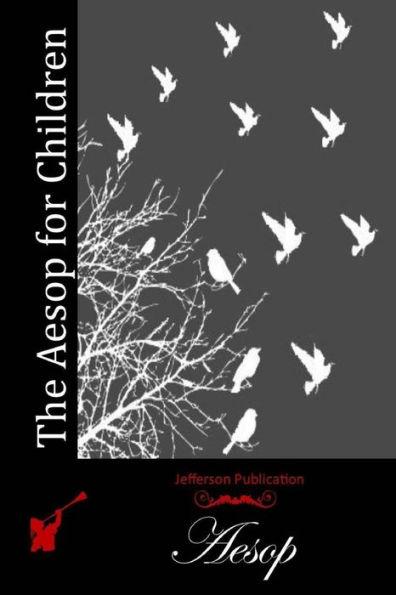Here are 126 of the best loved classic fables, including such favorites as 'The Town Mouse And The Country Mouse, ' 'The Hare And The Tortoise, ' and 'The Wolf In Sheep's Clothing.' Each of these animal tales will delight and entertain readers today as they have done for centuries.
1102585991
The Aesop for Children
Here are 126 of the best loved classic fables, including such favorites as 'The Town Mouse And The Country Mouse, ' 'The Hare And The Tortoise, ' and 'The Wolf In Sheep's Clothing.' Each of these animal tales will delight and entertain readers today as they have done for centuries.
7.49
In Stock
5
1

The Aesop for Children
122
The Aesop for Children
122
7.49
In Stock

Product Details
| ISBN-13: | 9781512156744 |
|---|---|
| Publisher: | CreateSpace Publishing |
| Publication date: | 05/11/2015 |
| Pages: | 122 |
| Product dimensions: | 6.00(w) x 9.00(h) x 0.26(d) |
| Lexile: | 940L (what's this?) |
About the Author
From the B&N Reads Blog
